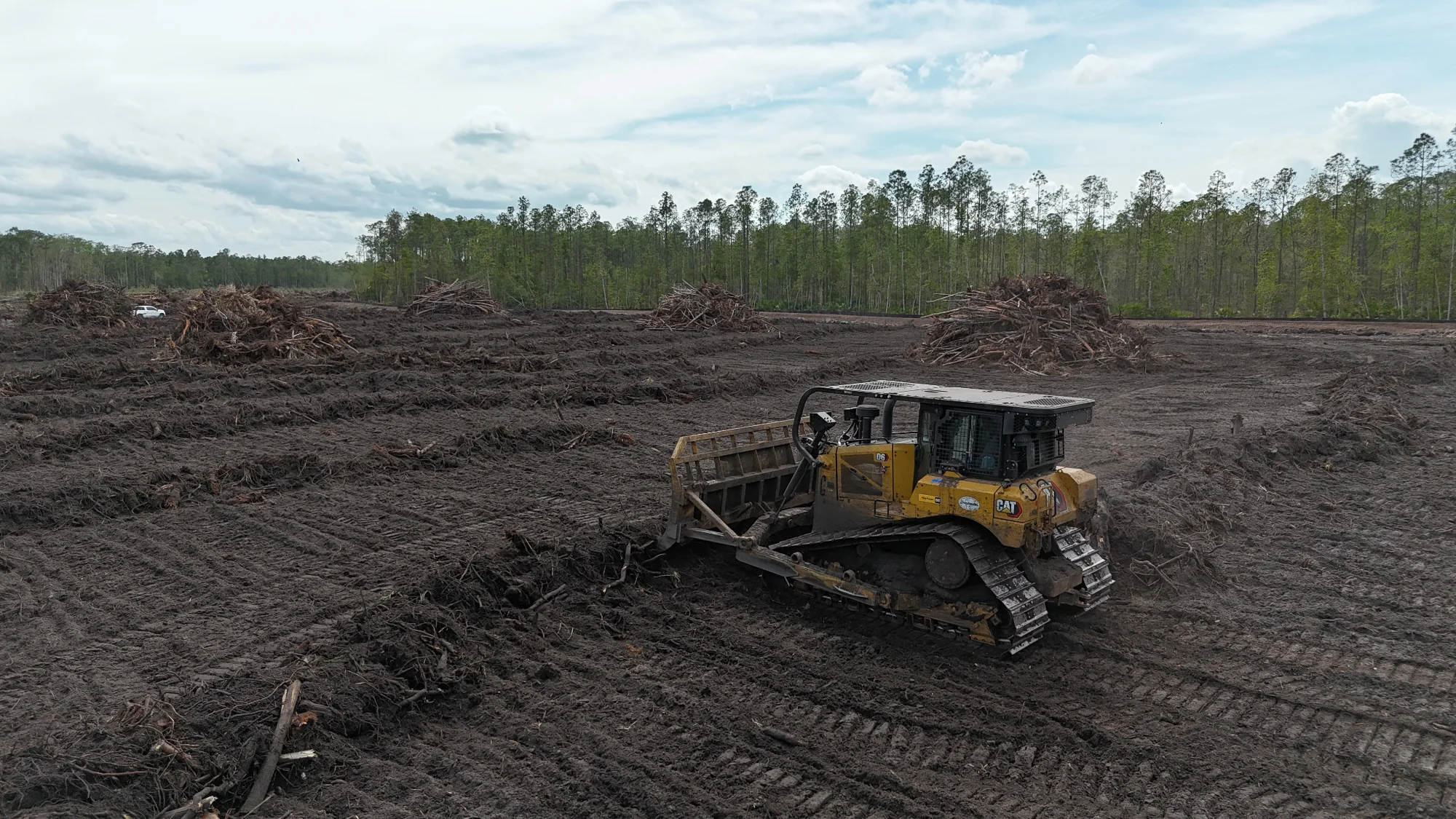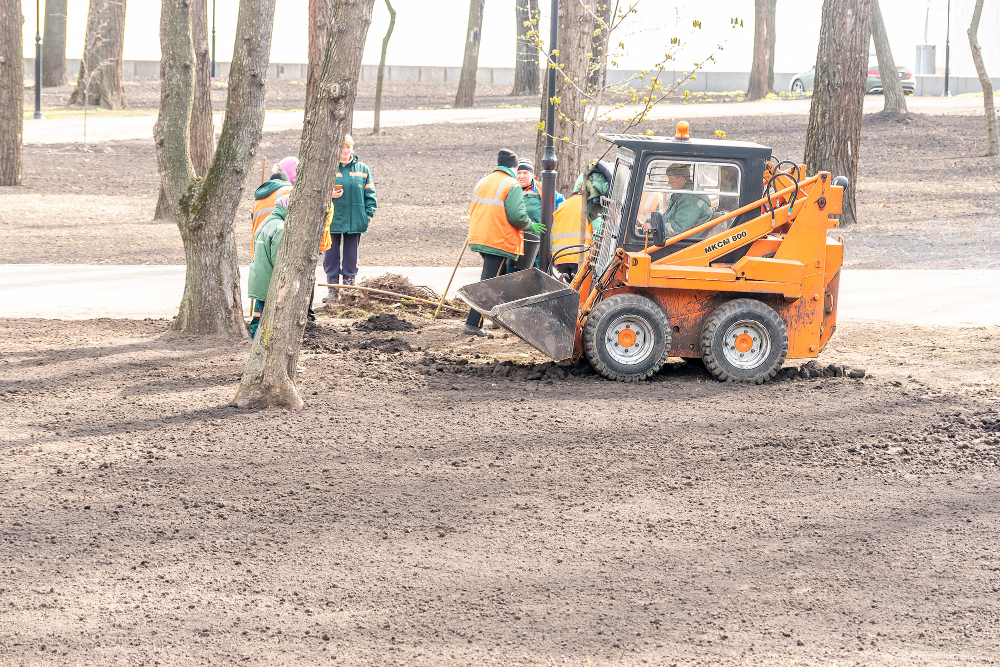

Clearing land might seem simple, but there’s more to it than meets the eye. Whether you’re preparing for a construction project, improving property value, or managing agricultural space, choosing the right method depends on your unique goals and landscape. Understanding the various land clearing techniques can save you time, money, and a lot of hassle.
If you’re in Sanford, FL, and need expert assistance, Drinkwater & Drinkwater offers professional land clearing tailored to your needs. But before we jump into that, here’s a breakdown of the most common types of land clearing to help you make an informed decision.
Land clearing involves removing vegetation, debris, and obstacles from a specific area to make it usable for various purposes. It’s essential for projects such as construction, farming, landscaping, and even wildfire prevention. The process not only improves the visual appeal of the land but also ensures the safety and success of any development plans.
Choosing the right clearing technique is vital because it will impact costs, timelines, and even how eco-friendly the process will be.
Below are the most common methods for land clearing, along with their benefits and ideal uses.
Hand clearing is a manual process that involves using tools like machetes, axes, shovels, and chainsaws to clear smaller plots of land.
Bulldozing is a heavy-duty clearing method that uses large machinery, such as bulldozers and excavators, to clear vegetation, remove rocks, and even level the land.
Forestry mulching is an eco-friendly method where specialized machines shred and grind vegetation into mulch that’s left on the ground to decompose.
Controlled burns involve setting intentional, regulated fires to clear vegetation and improve soil fertility.
Grubbing is a targeted land-clearing technique that removes roots, stumps, and other underground obstacles using specialized machinery.
This method involves the strategic removal of specific vegetation while preserving others. It’s great for projects that require leaving certain trees or plants intact.
Chemical land clearing uses herbicides to kill off vegetation over time, making it easier to remove.
Hydro-ax mulching uses a machine to clear vegetation quickly and convert the debris into ground cover.
May not be as effective for large trees or dense forests.
Determining which method works best depends on several factors:
While some land clearing methods seem DIY-friendly, hiring professionals ensures the job is done safely, efficiently, and to the required standards. Experts have access to the right equipment, experience, and permits to handle large-scale projects while minimizing risks.
If you’re in Sanford, FL, Drinkwater & Drinkwater offers reliable and professional land clearing services. From bulldozing to selective clearing, we help you select the best methods based on your project needs.
Contact us today to get a free quote and take the first step toward transforming your land!
Land clearing is an essential first step in turning your property into a usable, valuable space. By understanding the different methods available, you can make an informed decision that fits your needs, timeline, and budget.
Don’t leave it to chance. If you’re looking for expert land clearing in Sanford, FL, Drinkwater & Drinkwater is here to help you make the most of your land. Reach out today for a consultation or a quote and start your project off on the right foot.